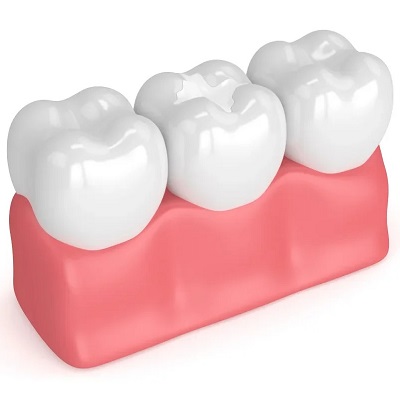Best Tooth Filling Clinic in Dubai are a common dental treatment used to restore teeth affected by decay or damage. In Dubai, where dental care is advanced and highly specialized, understanding the different aspects of tooth fillings can help you make informed decisions about your oral health. This comprehensive guide covers everything you need to know about tooth fillings in Dubai, including types, procedures, benefits, and aftercare.
1. Understanding Tooth Fillings
What Are Tooth Fillings? Tooth fillings are materials used to fill cavities or restore the structure of a tooth that has been damaged by decay or trauma. The filling material is applied to the cavity after the decayed part of the tooth has been removed.
Why Are They Necessary? Fillings prevent further decay and damage, restore the tooth’s function, and improve the overall appearance of the tooth.
2. Types of Tooth Fillings
a. Composite Resin Fillings
Overview: Composite resin fillings are made from a tooth-colored material that blends with the natural color of your teeth.
Benefits:
- Aesthetic Appeal: Matches the color of your natural teeth.
- Versatility: Suitable for small to medium cavities, especially in visible areas.
- Bonding: Adheres well to the tooth structure, providing additional support.
b. Amalgam Fillings
Overview: Amalgam fillings are made from a mixture of metals, including silver, mercury, tin, and copper.
Benefits:
- Durability: Very strong and long-lasting, suitable for back teeth.
- Cost-Effective: Generally less expensive than composite fillings.
- Resilience: Resistant to wear and pressure from chewing.
c. Ceramic Fillings
Overview: Ceramic fillings, often made from porcelain, are durable and offer a natural appearance.
Benefits:
- Aesthetic Quality: Blends seamlessly with natural teeth.
- Stain Resistance: Less prone to staining compared to composite fillings.
- Durability: Long-lasting and resistant to wear.
d. Glass Ionomer Fillings
Overview: Made from a blend of glass and organic acids, glass ionomer fillings release fluoride.
Benefits:
- Fluoride Release: Helps to protect against further decay.
- Aesthetic: Less visible than amalgam but not as translucent as composite or ceramic.
- Bonding: Bonds chemically to the tooth structure.
3. The Filling Procedure
a. Diagnosis and Treatment Planning
Process: Your dentist will conduct an examination, often including X-rays, to assess the extent of decay or damage and decide the best filling material for your needs.
b. Tooth Preparation
Process: The affected tooth is cleaned and the decayed portion is removed. The cavity is then prepared to ensure a proper fit for the filling.
c. Filling Application
Process: The chosen filling material is applied in layers (for composite fillings) or placed as a whole (for amalgam or ceramic fillings). The material is then hardened using a special light or by chemical reaction.
d. Final Adjustments
Process: The filling is shaped and polished to ensure a comfortable bite and natural appearance.
4. Benefits of Tooth Fillings
a. Restoration of Function
Fillings restore the ability to chew and bite comfortably, which can be compromised by cavities or damage.
b. Prevention of Further Decay
By sealing the cavity, fillings prevent bacteria from entering and causing further decay or infection.
c. Improvement in Aesthetics
Tooth-colored fillings can improve the appearance of damaged or decayed teeth, enhancing your smile.
d. Cost-Effective Solution
Fillings are generally a more affordable option compared to more extensive dental treatments like crowns or implants.
5. Aftercare and Maintenance
a. Oral Hygiene
Routine: Maintain good oral hygiene by brushing twice daily with fluoride toothpaste, flossing regularly, and using mouthwash.
b. Regular Dental Check-Ups
Routine: Schedule regular dental visits to monitor the condition of your fillings and overall oral health.
c. Diet Considerations
Recommendations: Avoid sticky or hard foods that could damage the filling. If you experience sensitivity, try to avoid extremely hot or cold foods.
d. Addressing Issues
When to Seek Help: If you notice any problems with your fillings, such as discomfort, loose fillings, or visible damage, contact your dentist promptly.
Conclusion
Tooth fillings are a vital aspect of dental care, helping to restore damaged teeth, prevent further decay, and maintain oral health. In Dubai, with its state-of-the-art dental practices, you have access to a range of high-quality filling materials and advanced techniques. Understanding your options and the procedure can help you make informed choices and ensure the best possible outcomes for your dental health.





Comments